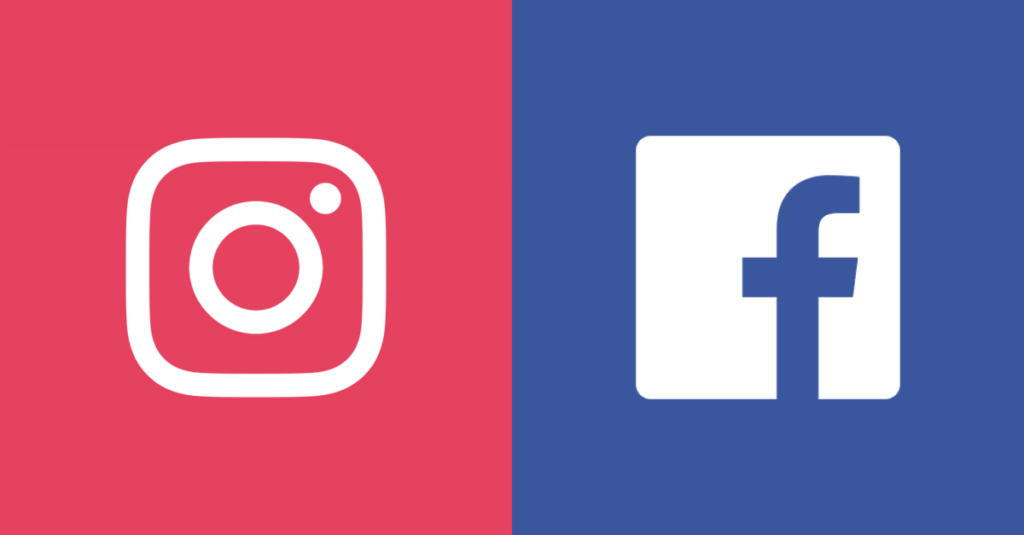
The Facebook and Instagram advertising platforms have risen to become the predominant options for social advertising, occupying a progressively larger place in hotel marketer’s media plans.
We’re continuing to see substantial increases in Facebook and Instagram ad spending, with overall social media advertising spend in the U.S. alone expected to reach $18.4 billion in 2019, according to Statista.
Facebook currently enjoys a massive piece of that advertising pie, with 97% of social advertisers choosing it as their most used and most useful social media platform, says Sprout Social.
Instagram’s importance continues to grow as well, thanks in part to the popularity of Instagram stories, driving ad spending that’s 23% higher than on Facebook, according to Merkle.
So why are hoteliers allocating more and more of their budget to social ads?
Here are three key reasons Facebook and Instagram are snatching-up space in hotel marketers’ media plans.
Facebook & Instagram ad units dominate the mobile creative landscape
Worldwide mobile ad spending is expected to reach $247.4 billion by 2020, according to Statista, with mobile ad spending expected to reach $131.41 billion in the U.S. alone. This reflects the growing dominance of mobile device usage compared to desktop computers, with up to 70% of web traffic now happening on mobile, according to CIODive.
That makes implementing an effective mobile ad strategy a top-of-list concern for hotel marketers.
That being said, there’s no better intersection of creative and audience targeting than on Facebook and Instagram.
Facebook and Instagram allow you to deploy incredibly robust mobile ad units in a medium (mobile) that is ever-increasing in terms of importance and usage.
And Facebook continues to innovate, always delivering fresh, disruptive ad units that allow for video and animated graphics. Facebook and Instagram continue to allow advertisers into top placements, like the Instagram stories.
Plus, there’s Facebook’s ability to deliver robust mobile landing page experiences within ads, such as Facebook Instant Experience, formerly the canvas ad.



